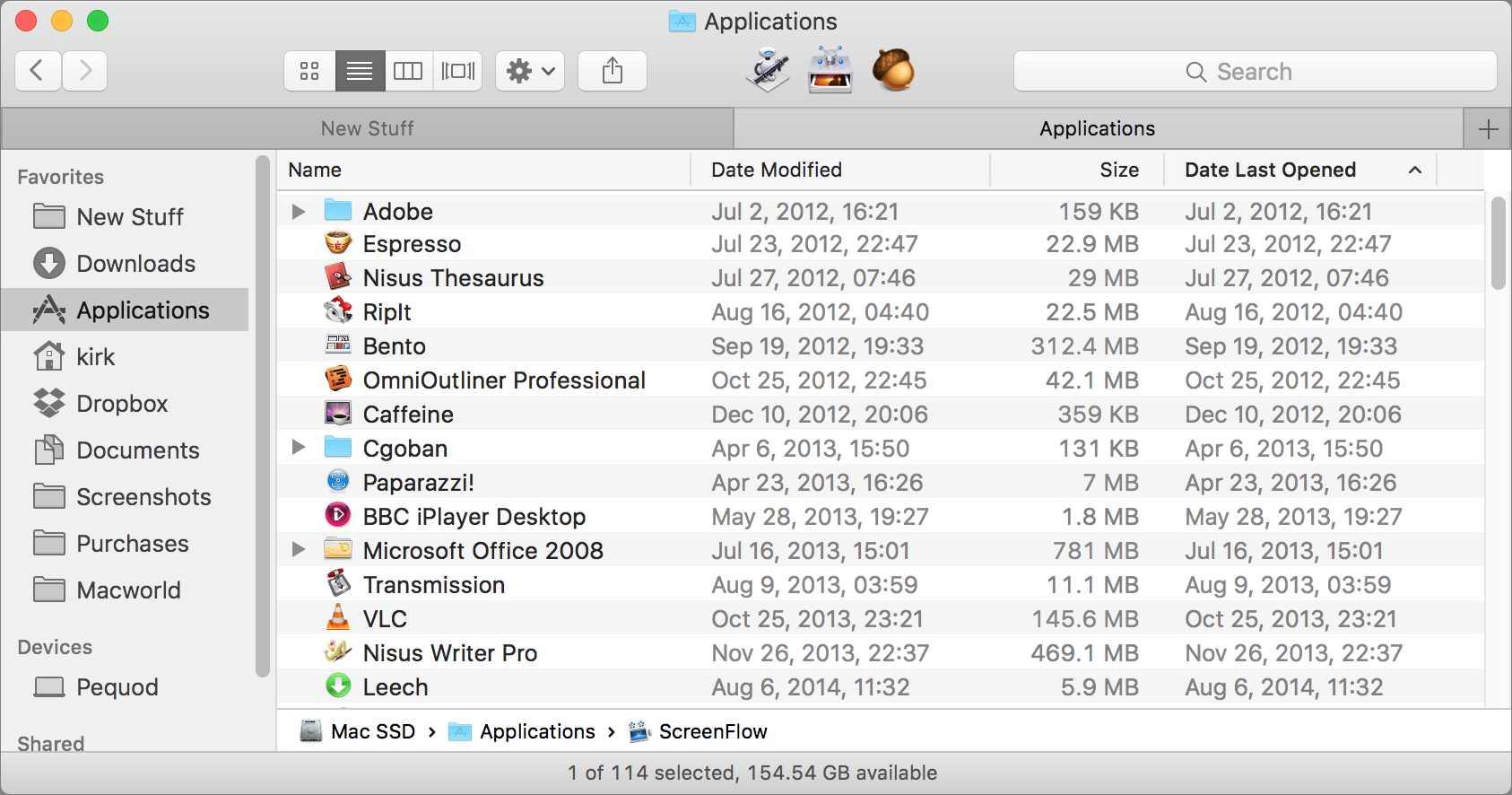As a hybrid of Unix and Mac operating systems,Mac OS X has a few different ways to hide files:
Mac Show Invisible Files App Free
- Some files and folders have special flags associated with themthat tell the Finder not to display them. This behavior isinherited from older versions of Mac OS.
- Any file or directory that begins with a period ( . )will be considered invisible by the Finder. This behavior is inheritedfrom Unix.
- In the top level of your hard disk, there may be an invisible filecalled
.hidden. The Finder will not display any file ordirectory name listed in this.hiddenfile. In olderversions of Mac OS X, this was a way to hide Unix directories thatmost users don't need to access. It is still supported in currentversions of Mac OS X, but isn't there by default.


To search for any kind of invisible file in OS X, follow theappropriate directions below:
OS X 10.5 and later
Show or hide filename extensions on Mac A filename extension appears at the end of some filenames, and looks like a period followed by a few letters or words (for example,.jpg). A file’s filename extension shows what type of file it is and what apps can open it. The files you won't be able to see by default are typically preceded by a full stop, for example.htaccess file,.bashprofile or.svn directory. Folders like /usr, /bin, and /etc are hidden away. InVisibles is a simple utility that allows you to view invisible files in Mac OS X. Many configuration files are made invisible to the general user. This app is a godsend. The new amazing use I found is for iPod users. InVisible just gives the Finder the command to show the usually invisible files. That has nothing to do with the files.
- With the Finder active, from the File menu, selectFind....
- In the
Searchingwindow that opens, select how broadyou want the search to be. For example, you can choose to search yourentire Mac or just your home folder. In the pull-down menu labeledKind, choose Other..., and in the sheet thatappears, find and double-click File Invisible. In thepull-down menu to the right of the first one, select whether you aresearching for Visible Items, Invisible Items, orboth. The search will then begin. - To narrow your search, you can add additional search criteria,such as a filename, file size, or creation date. Each time you clickthe + (plus sign) on the right side of the search window, youwill add another row to the search criteria.
To include operating system files, which are normally excluded fromthe search, click +, then in the pull-down menu labeledKind, choose Other.... In the sheet thatappears, find and double-click System Files. In thepull-down menu to the right of the first one, select whether or notyou want to include system files in your search.
Show Invisible Files Mac App
OS X 10.4
Mac Show Invisible Files App Free
- With the Finder active, from the File menu, selectFind....
- In the
New Searchwindow that opens, select how broadyou want the search to be. For example, you can choose to search yourentire computer or just your home folder. In the pull-down menulabeled Kind, choose Other..., and in thesheet that appears, find and double-click Visibility. In theVisible or Invisible pull-down menu to the right, selectwhether you are searching for Visible Items or InvisibleItems. The search will then begin. - To narrow your search, you may add additional search criteria,such as a filename, file size, or creation date. Click the +(plus sign) on the right side of the search window. Each time youclick it, you will add another row to the search criteria.